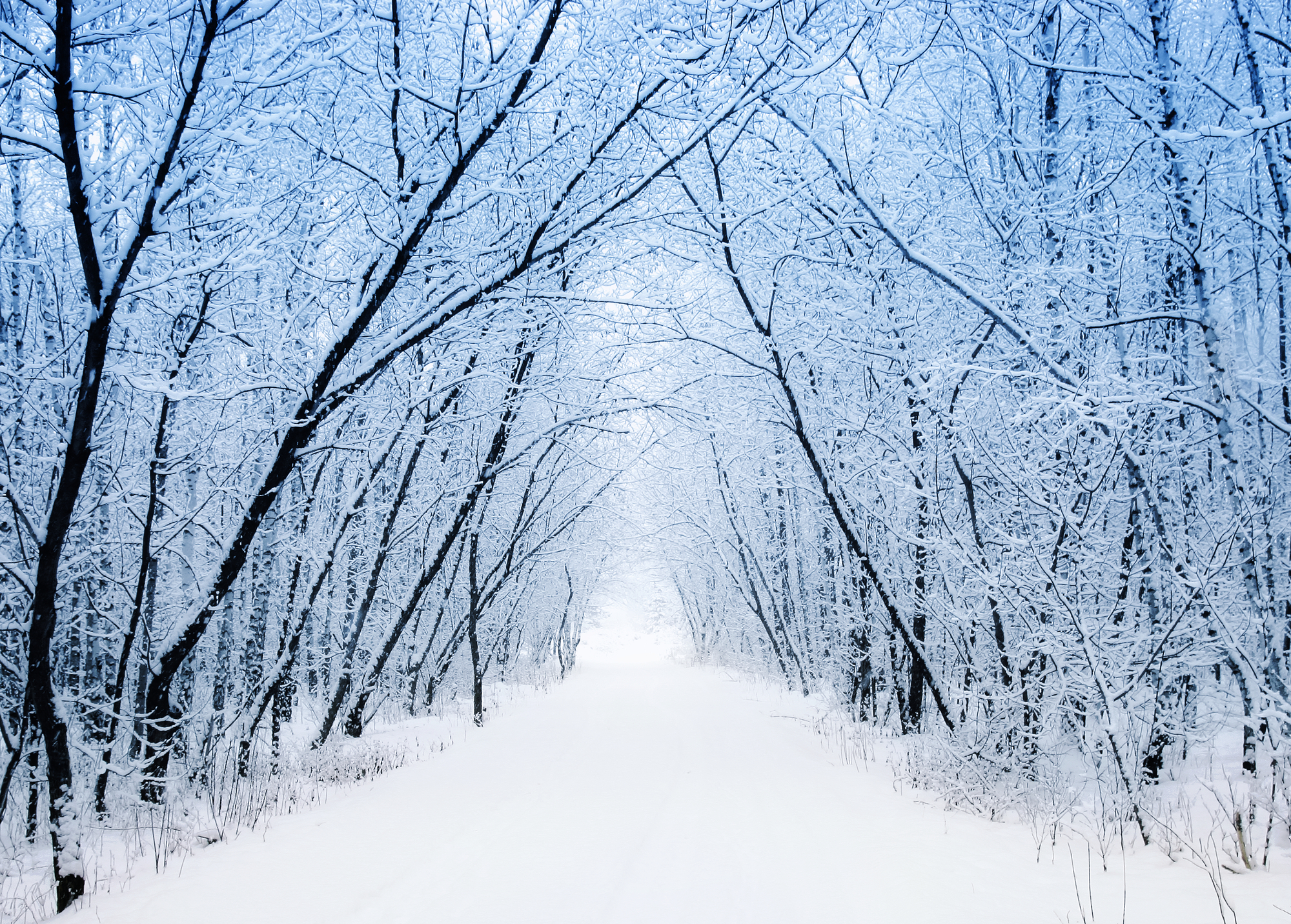

The snow is blowing sideways outside, and the temperature is stuck somewhere between ‘brrrrrr’ and ‘Holy Fahrenheit and Lord Celsius, whyyyyy?!?’
It’s awful out there, and we’re only a few days into the year. So is there anything we can look forward to? Any upside to the massive chill pill being forced down our throats? Maybe the cold will kill off the cold-blooded bloodsuckers that make our lives hell in warmer weather?
Not necessarily. While a mild winter can lead to more bugs than usual the reverse is not necessarily true.
In years like 2014, which featured now-infamous polar vortices, bug experts warned that incredible cold doesn’t necessarily doom summer-loving pests—and that’s still true today.
“They’re going to get through this. They are going to make it because they have experienced these kinds of conditions before, and they don’t get wiped out. Maybe we’ll get a little suppression of the ticks, but we’ll see,” says Susan Paskewitz, the chair of the Department of Entomology at the University of Wisconsin Madison. Paskewitz’s research focuses on disease-carrying arthropods like mosquitoes and ticks, which tend to be the ones that we worry about most in the summer.
Unfortunately, Paskewitz says, most of the bugs are likely to make it, though it’s going to depend on a lot of factors, including what insects are in your area, how cold it gets where you live, and whether or not you get a lot of snow.
Pesky bugs like mosquitoes and ticks have different ways of dealing with the cold. Ticks are extraordinarily good at burrowing under leaf litter for the cold season, finding a relatively warm spot to hang out in until the cold passes. For these animals, plant debris on a forest floor is as cozy as curling up under a blanket to watch the snow fall outside. And speaking of snow, that just adds another layer of insulation to bugs like ticks that burrow underground for heat when the temperature drops outside.
“I’m going to he be hopeful that because we’re getting really cold temperatures and not much insulation in southern Wisconsin that we may see some impacts on the tick survival next year. Up north where we have a lot more snow, I don’t think so.” Paskewitz says.
Some species of mosquitoes are adept at weathering cold weather. After all, some of the most legendary mosquitoes swarm Alaska and other parts of the Arctic. Mosquitoes that can survive such locales have adapted to the cold, with eggs that can endure freezing temperatures and adults that add a biological antifreeze to their body. They also go through diapause—kind of like hibernation—where their metabolism slows while they wait for warmer weather to return.
“You can go out on a zero-degree day and look around in certain harborages, locations like an old stone building in one of the woodlands around here. It is open to the environment, but a little bit protected. I’ve walked in there and seen adult mosquitoes clinging to the walls,” Paskowitz says.
Not all mosquitoes have the same adaptations, and this is where there might be a glimmer of hope for your weary, insect-dreading soul. Some bugs that have made inroads into colder regions from warmer places might be killed off by this deep freeze.
That includes some mosquitoes, and perhaps even the dreaded lone star tick whose territory is expanding with rising global temperatures (their bites can leave you allergic to meat for life, so this is definitely good news). This cold spell might give some regions of the country a slight reprieve from pests that have invaded from elsewhere, but that remains to be seen.
“We saw the asian tiger mosquito for the first time in Wisconsin and in a number of states in the Upper Midwest,” Paskewitz says, noting that it was concerning because this mosquito can carry the Zika virus. “We’d never seen it here before. And now we’ve got this tremendous cold snap. Since cold is a limiting factor for that species, we likely won’t see it again in the spring,” Paskewitz says. “They will not have those physiological mechanisms to get through these kinds of temperatures.”
We’ll have to wait and see what the general outlook on buggy pests looks like when spring finally returns. But if we do get a few warm days after this Arctic blast, stay cautious. You might want to throw on a T-shirt and shorts and go frolicking through the woods as soon as temperatures rise above fifty degrees. But remember that as soon as it gets warmer, the bugs get warmer too, and ticks in particular will be on the hunt.
“In the winter months you don’t have to worry about the mosquitoes at all,” Paskewitz says. But if we do get some warm days, watch out for ticks—they can warm up fast. “I can put ticks in the refrigerator and take them out, and seconds later they are moving around and active. They are perfectly ok with those colder temperatures, especially if they have time to get used to it,” she adds.
“Even though they have these mechanisms that protect them, they don’t go into hibernation, and they won’t be quiescent for a long period of time,” Paskewitz says. “As soon as it gets warm, they’ll be right back out there looking for a source of a blood meal.”